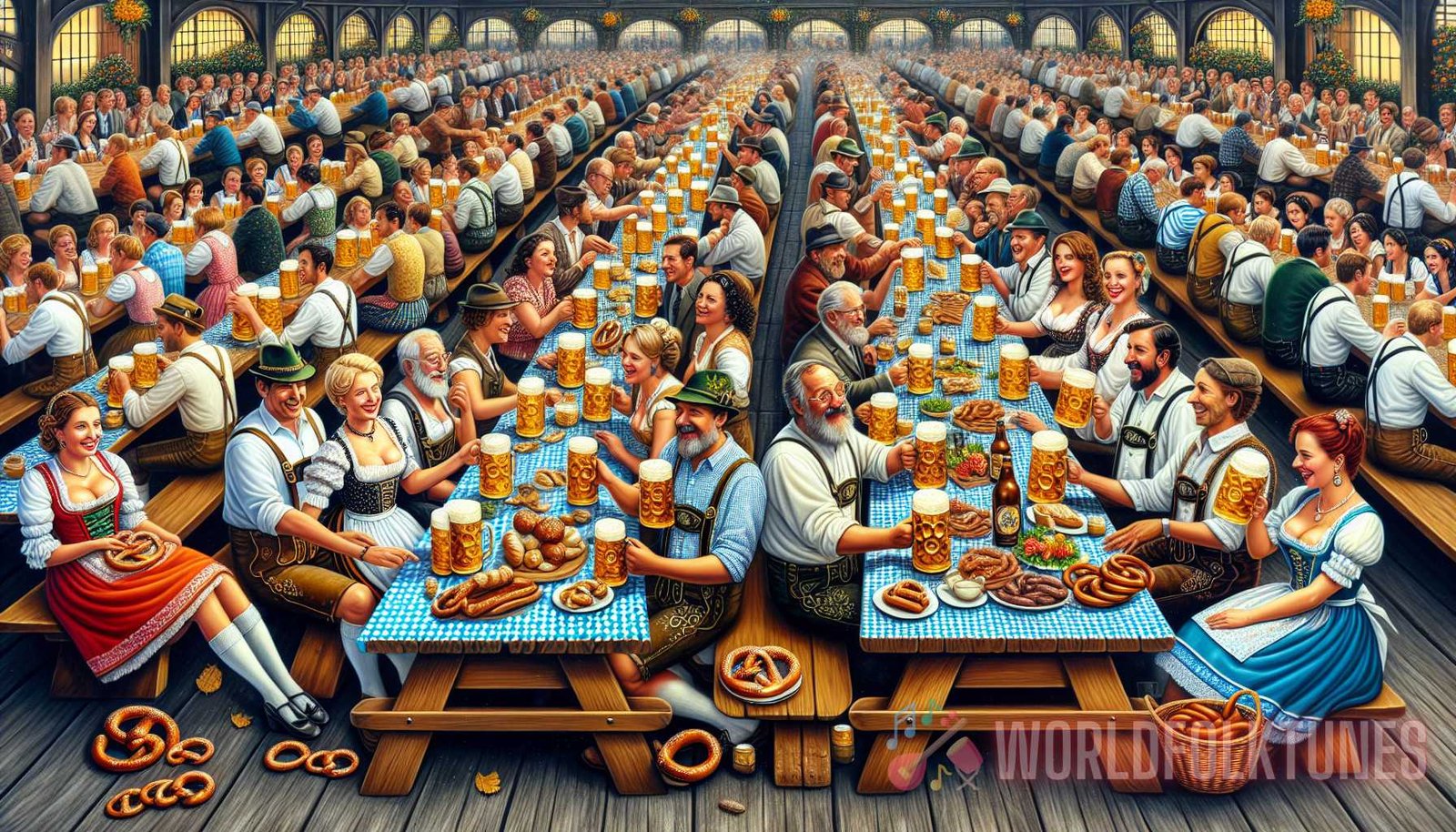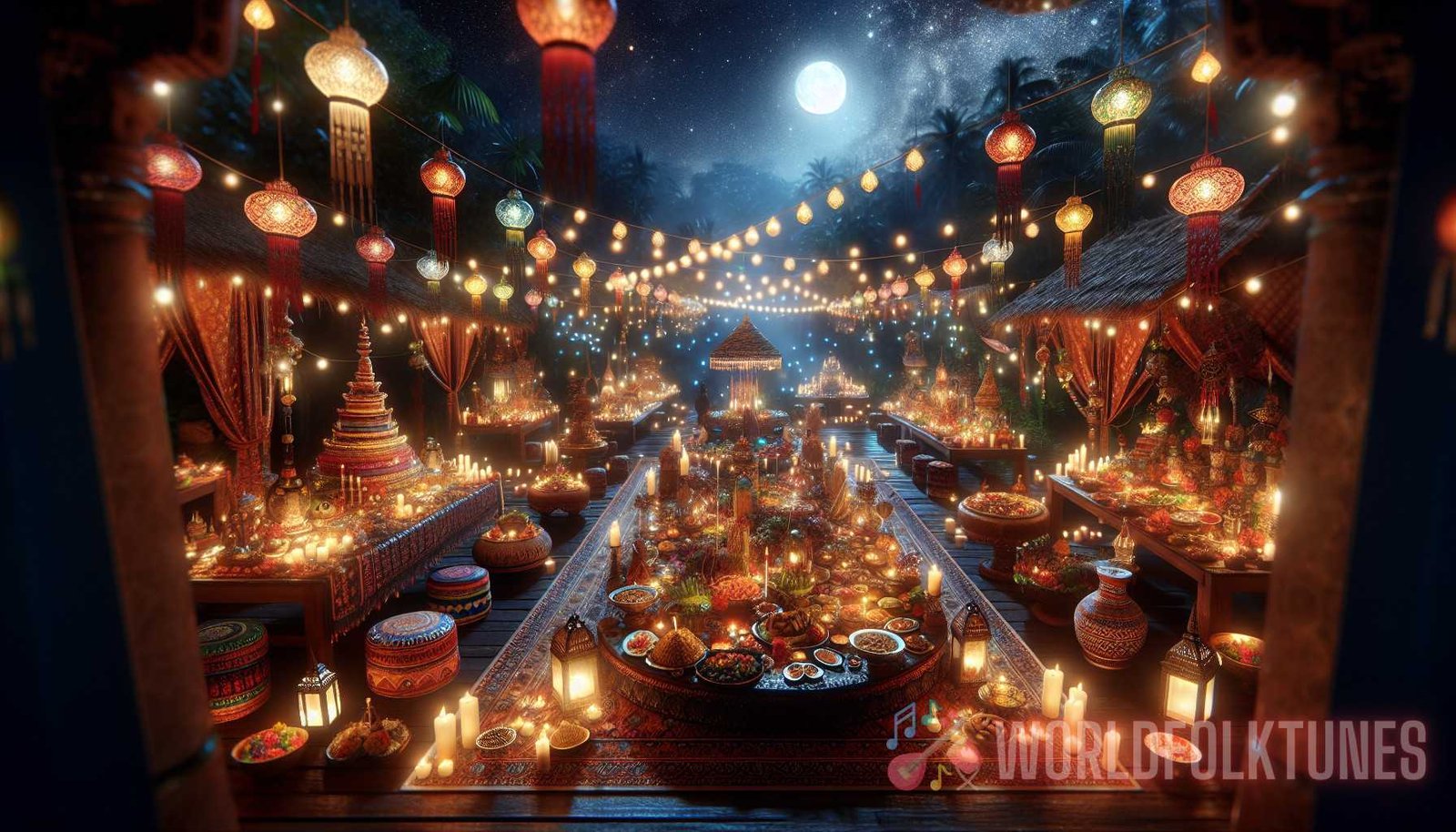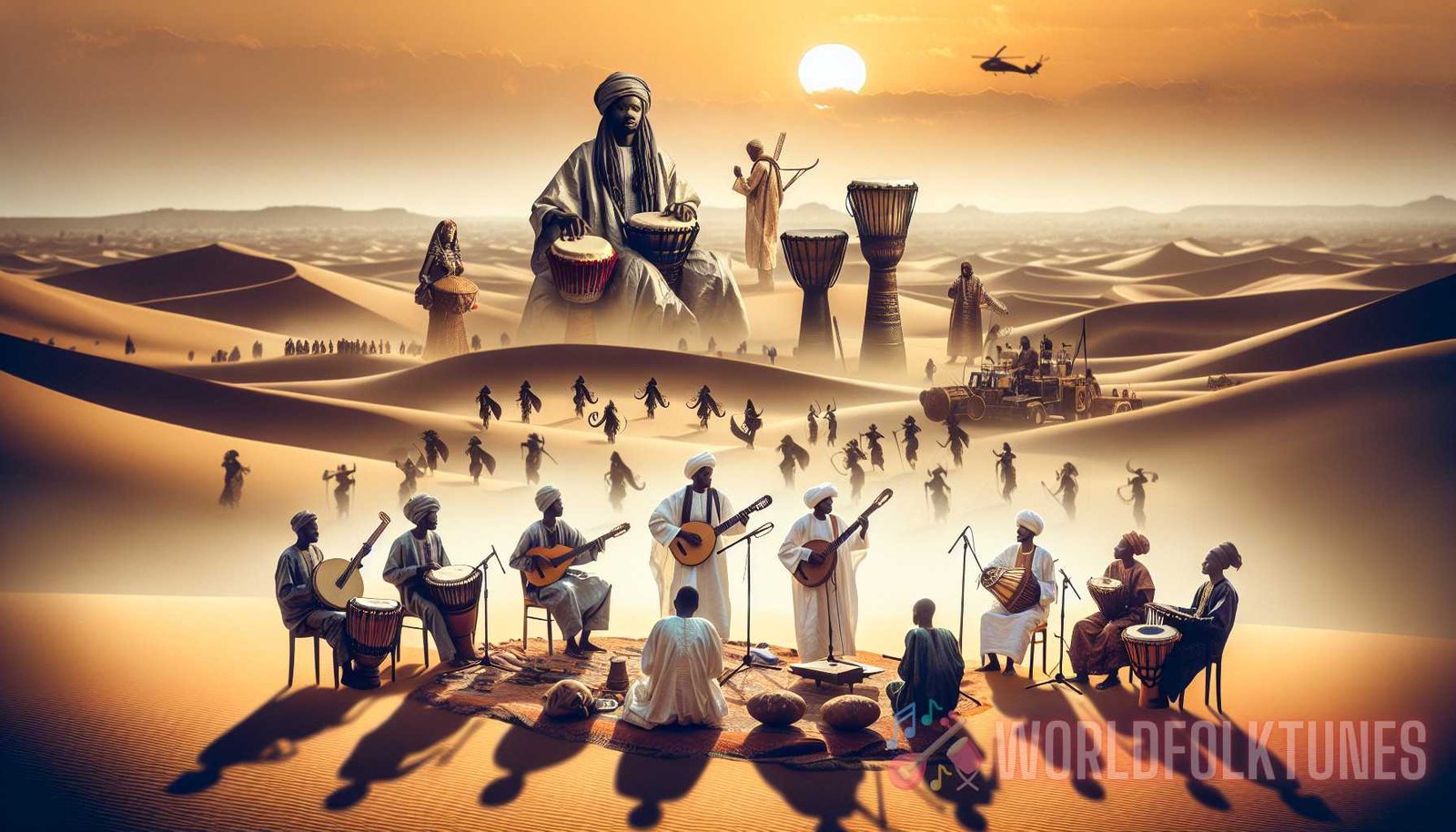The Timeless Harmony of Traditional Event Celebrations
Traditional event celebrations are a unique expression of culture and heritage, encapsulating the essence of a community’s values and rituals. These celebrations are often deeply ingrained in the fabric of society and offer an opportunity for individuals to come together, share joy and laughter, and honor the traditions of their ancestors. In this article, we will delve into the world of traditional event celebrations, exploring the rituals and symbolism that make them so captivating and meaningful.
Understanding the Significance of Traditional Celebrations
Traditional celebrations hold a significant place in the lives of communities around the world. These events serve various purposes, including:
- Preserving cultural heritage: Traditional celebrations provide a platform for the transmission of customs, beliefs, and values from one generation to the next. They allow communities to celebrate and preserve their unique cultural identity.
- Strengthening community bonds: Events such as festivals, carnivals, and religious ceremonies bring people together and foster a sense of belonging. They provide an opportunity for individuals to connect with their neighbors, friends, and extended family.
- Honoring ancestors: Traditional celebrations often have deep historical and spiritual significance. They allow communities to pay homage to their ancestors and express gratitude for their contributions to society.
- Alleviating social tensions: In many societies, traditional celebrations serve as a means of temporarily releasing societal tensions. They provide an outlet for individuals to escape from their daily routine, celebrate life, and let loose in a controlled environment.
It is important to note that traditional celebrations are diverse and varied, reflecting the unique customs and beliefs of different communities. Let us now explore some of the most fascinating examples from around the world.
Traditional Celebrations Around the World
The Carnival of Venice, Italy
The Carnival of Venice is one of the world’s most renowned traditional celebrations, attracting visitors from all corners of the globe. This vibrant and extravagant event dates back to the 12th century and is marked by its distinctive masks and costumes. During the carnival, the streets of Venice come alive with music, dance, and theatrical performances. The festival reaches its climax with the “flight of the angel,” where an artist descends from the bell tower of St. Mark’s Square, symbolizing the beginning of the festivities.
This celebration is deeply rooted in Italian culture and tradition, providing locals and tourists alike with a glimpse into the rich history of the city. The masks worn during the carnival are not purely decorative; they serve as a symbol of social equality, allowing individuals to hide their identity and interact freely with people from different social classes.
If you are interested in attending traditional celebrations, be sure to check out World Folk Tunes, where you can find a selection of the best festivals from around the world.
Diwali, India
Diwali, also known as the Festival of Lights, is one of the most significant celebrations in Hinduism. It commemorates the return of Lord Rama from his exile and the victory of light over darkness. Diwali is marked by the lighting of oil lamps, called diyas, and the decoration of homes with colorful rangolis (patterns made from colored powders).
During this festival, families gather to exchange gifts and share traditional sweets. Fireworks light up the night sky, creating a magical atmosphere of joy and celebration. Diwali is a time to embrace new beginnings, express gratitude, and seek blessings for a prosperous future.

Oktoberfest, Germany
Oktoberfest is an iconic German celebration that originated in Munich in 1810. This world-famous festival is dedicated to beer, food, and Bavarian culture. Every year, millions of people gather in Munich to indulge in traditional drinks such as beer and enjoy hearty meals like sausages and pretzels.
During the festival, specially brewed Oktoberfest beer flows freely from large beer tents, while live music fills the air with traditional German tunes. Visitors can also witness parades, enjoy fairground rides, and witness traditional costume competitions. Oktoberfest is a testament to German hospitality and the joy of coming together to celebrate good food, good drinks, and good company.
Rituals and Symbolism in Traditional Celebrations
One of the most fascinating aspects of traditional celebrations is the intricate rituals and symbolism associated with them. These rituals often have deep historical, spiritual, or cultural significance and are passed down through generations. Let’s explore a few examples of rituals and their meanings:
The Chinese New Year Dragon Dance
The Dragon Dance is a prominent feature of the Chinese New Year celebration. The dragon is believed to bring good luck and ward off evil spirits. The dance involves a team of performers who move the dragon in a sinuous manner, accompanied by the loud beats of drums, cymbals, and gongs. This rhythmic and energetic dance is believed to bring prosperity, happiness, and good fortune for the coming year.
The Breaking of the Piñata
In many Latin American countries, the breaking of the piñata is a popular tradition during birthdays and festive occasions. A piñata is a colorful paper-mâché figure filled with candies and treats. Blindfolded participants take turns striking the piñata with a stick until it breaks open, showering everyone with goodies. This tradition symbolizes the triumph of good over evil and is a source of joy and excitement, especially for children.
The Burning of the Guy Fawkes Effigy
On November 5th, the United Kingdom commemorates Guy Fawkes Night or Bonfire Night. This celebration marks the failed Gunpowder Plot of 1605 when Guy Fawkes attempted to blow up the Houses of Parliament. During this event, communities gather to watch fireworks displays and bonfires, often burning an effigy representing Guy Fawkes. This tradition serves as a reminder of the triumph of the rule of law and the importance of upholding democracy.
Conclusion
Traditional celebrations are an essential part of our cultural tapestry. They provide a window into the traditions and customs that have shaped our societies over centuries. By participating in these celebrations and understanding their rituals and symbolism, we gain a deeper appreciation for the diversity and richness of human culture.
Whether it is the vibrant colors of the Carnival of Venice, the twinkling oil lamps of Diwali, or the lively beer tents of Oktoberfest, traditional celebrations offer an immersive experience that transcends language and borders. They unite people in shared joy and remind us of our common humanity.
For more articles on traditional celebrations and events, visit World Folk Tunes to discover the magic of virtual concerts and uncover the best folk festivals worldwide.



